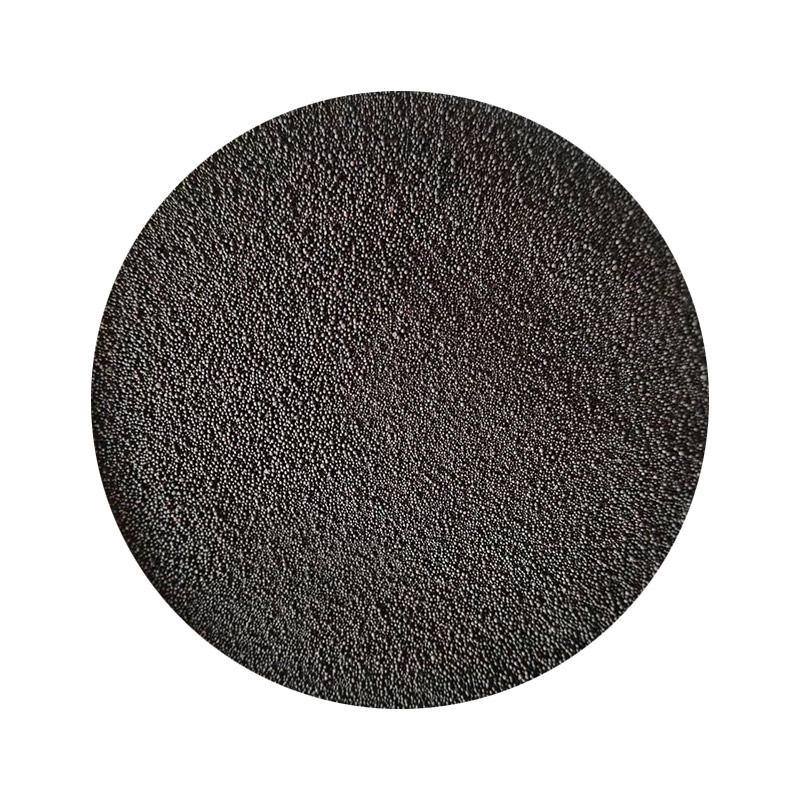Sanding, Casting, and Resin A Comprehensive Guide
Sanding, casting, and resin work is a fascinating area that combines creativity, precision, and craftsmanship. This process is widely used in various fields, including art, manufacturing, and hobby projects. The smooth finish of sanded surfaces and the versatility of casting with resin come together to create stunning, durable pieces that can range from decorative items to functional components.
Understanding the Basics
At its core, casting involves pouring a liquid material into a mold and allowing it to solidify into a specific shape. Resin, particularly epoxy resin, has gained popularity in recent years due to its excellent properties, including clarity, durability, and versatility. Its ability to be manipulated through various additives, pigments, and colorants allows artisans and creators to bring their visions to life.
In the context of casting, the resin needs to be mixed with a hardener. This chemical reaction is what transforms the viscous liquid into a solid form. Once cured, the resin can exhibit a glass-like finish, which is often enhanced by sanding.
The Sanding Process
Sanding is a crucial step that enhances the appearance and texture of the cast resin piece. After the resin has fully cured, it can often feel rough or uneven. This is where sanding comes into play. The goal of sanding is to smooth out any imperfections, creating a surface that is not only visually appealing but also comfortable to touch.
When sanding resin, it’s essential to use the correct type of sandpaper. Starting with a coarser grit (around 80-120) can help remove large areas of imperfections, while gradually progressing to finer grits (up to 2000 or higher) will polish the surface. It is recommended to use wet sanding techniques—where water is applied to the surface while sanding—to prevent dust accumulation and reduce the risk of overheating the resin, which can lead to damage.
sanding casting resin

Techniques for Casting with Resin
Casting techniques can vary depending on the desired outcome. Using silicone molds is a popular choice because silicone is inherently flexible, allowing for easy removal of the cured resin. There are also various methods for adding color and effects to the resin. For instance, mixing in pigments, dye, or even embedding materials like wood, metal, or dried flowers can create unique patterns and finishes.
Another exciting technique is the use of layered casting. By pouring resin in layers, one can achieve depth and dimension within the piece. Each layer can be poured once the preceding layer is cured, allowing for creativity in terms of colors and embedded elements.
Safety Considerations
While working with resin and during the sanding process, it is crucial to prioritize safety. Many resins contain chemicals that can be harmful if inhaled or if they come into contact with skin. Always work in a well-ventilated area and wear protective gear, including gloves and respirators. Additionally, the dust generated from sanding can also be hazardous, so using a dust mask or respirator during this phase is wise.
Conclusion
Sanding, casting, and utilizing resin is a captivating journey for artists and hobbyists alike. From creating beautiful art pieces to developing practical items, the possibilities are endless. With the right techniques and safety precautions, anyone can explore the world of resin casting and enjoy the process of turning their imaginative ideas into tangible creations. The ability to sand and finish these pieces to perfection only adds to the allure of working with resin, making it a rewarding venture both personally and professionally.
Post time:نوامبر . 20, 2024 11:26
Next:ceramic sand price
